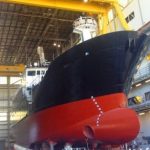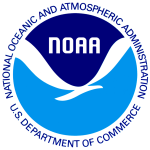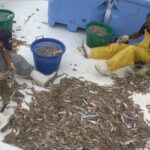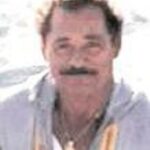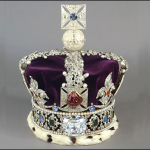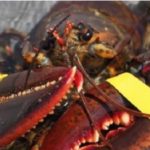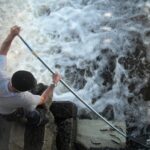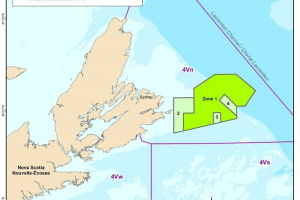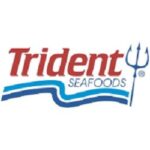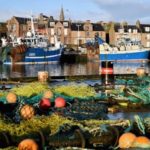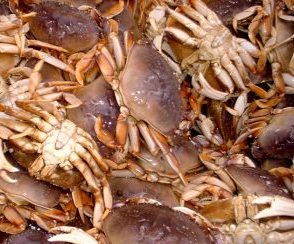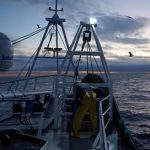Tag Archives: North Pacific Fishery Management Council
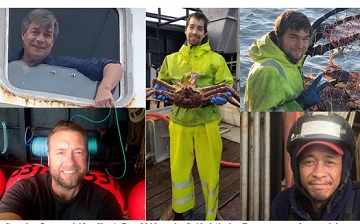
In Alaska, commercial fishing remains dangerous despite increased safety measures
Commercial fishing was once the most dangerous job in the country, (Scott Wilwert said, and during the 1970s and 1980s an increase in accidents and deaths ultimately led to the passage of the Commercial Fishing Industry Vessel Safety Act of 1988. The regulations required boats to have survival suits and life rafts and to carry out onboard safety drills, among other safety measures.,, “There was a time in the ’70s and ’80s where, I think, even the fishermen would tell you that there was a mentality, that ‘you have to go out but you don’t have to come back’ kind of thing,” Wilwert said. “That just doesn’t exist, nobody thinks that way anymore.” >click to read< 07:29
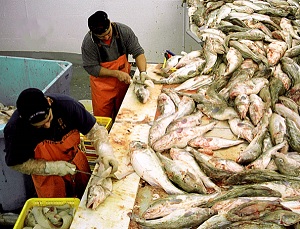
Stock decline leads to historic shutdown for Gulf P-cod
Gulf of Alaska Pacific cod fishermen will be keeping their gear dry this winter: The federal fishery has been closed for the 2020 season. The North Pacific Fishery Management Council decided to close the fishery due to concerns about historic low biomass shown in the latest stock assessment. The struggles of the stock have been linked to climate change more than excessive fishing. In 2014, the Gulf of Alaska experienced a major influx of warm water, linked to the El Nino event in the south Pacific. >click to read< 15:44
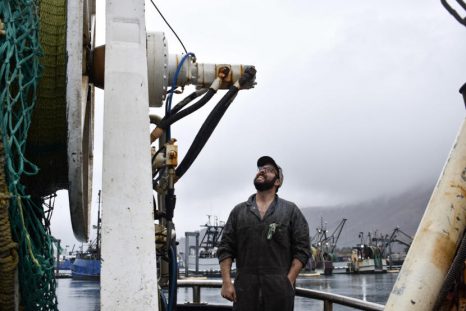
Increase in observer fees has people in the fishing industry questioning how their dollars are being spent
In Kodiak’s Dog Bay harbor Jake Everich is puttering around the galley of his trawler, the Alaskan. He bought his boat in March to fish for rockfish and pollock around the Gulf of Alaska. It’s just under 75 feet — a relatively small operation. Everich is among the fishermen affected by a recent decision from the North Pacific Fishery Management Council to increase observer fees from 1.25 to 1.65 percent of their catch value.,,, For Everich, the bigger issue is how that money is going to be used. He says the data observers collect, and sometimes observers themselves, can be unreliable. >click to read< 07:10
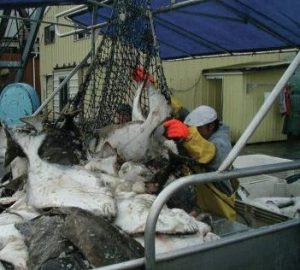
Halibut bycatch increases as council considers cod options
Data released preceding the International Pacific Halibut Commission’s upcoming interim meeting shows that almost all the regulatory areas of Alaska from Southeast to the Bering Sea — areas 2C through 4E, respectively — caught more halibut as bycatch in the 2019 season than they did in 2018, with the exception of area 4B, which covers the western Aleutian Islands. Coastwide, from California and British Columbia through the Bering Sea, bycatch increased by more than 1.5 million pounds,,, >click to read< 15:48
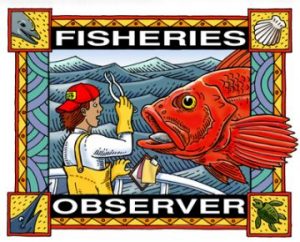
Observer fees will increase in GOA, BSAI
Fees will increase starting in 2021 for partial coverage observer programs of commercial fishing boats throughout the Gulf of Alaska and Bering Sea/Aleutian Islands. The boost from 1.25 percent of the ex-vessel value of the fish on board to 1.65 percent was approved during the North Pacific Fishery Management Council ‘s meeting its October meeting in Homer. >click to read< 21:03
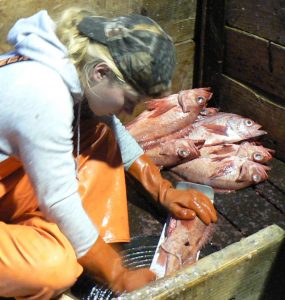
North Pacific council votes to hike observer fees in 2021
The costs for on-board fisheries observers will be increasing, and no one in the industry is particularly happy about it. The North Pacific Fishery Management Council voted to adjust the observer fee percentage to 1.65 percent of ex-vessel values. It was previously set at 1.25 percent. The increase is intended to cover additional observer services to reach the target coverage rate set out by the council for the various fisheries across the North Pacific region. >click to read< 14:15
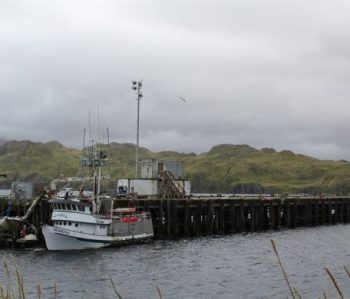
Amid a big fight for cod in the Bering Sea, can remote Adak survive?
A heap of slimy fish heads nearly filled a deep tote. Above, workers finished sorting stacks of decapitated halibut they had run through a grim mechanical apparatus. “Right here we have a guillotine blade,” said Mike Lauer, showing off the de-heading device. “We’ll sell the cheeks, and then we can use the heads for bait,” he added. Lauer is in charge of quality control for Golden Harvest, a processing plant on Adak that’s at the center of a fish war in the Bering Sea pitting two small Aleutian Island communities against large out of state fishing interests. And the implications of that fight could stretch to other coastal fishing towns in Alaska. >click to read< 21:08

Time to rethink halibut bycatch regulations
The North Pacific Fishery Management Council (Council) is meeting in Homer, A major item up for discussion is Bering Sea/Aleutian Island Halibut Abundance Based Management (BSAI Halibut ABM).,, Directed halibut users are often small-scale fishermen harvesting halibut one hook at a time. Many operations are family owned and contribute to the livelihoods of captains, crews, vessel owners, and communities throughout Alaska. Therefore, if we want small boat fisheries to remain viable and to support sustainable fishing practices and economic opportunities for Bering Sea and Aleutian Island fishing communities, we need to design management plans to do that. By Josh Wisniewski >click to read< 22:32
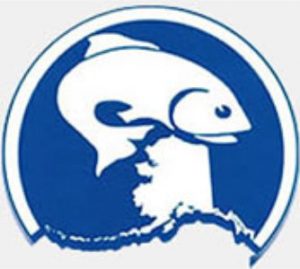
North Pacific Fishery Management Council will meet in Homer, Alaska, September 30 – October 9, 2019
The North Pacific Fishery Management Council will meet September 30 – October 9, 2019, at the Land’s End in Homer, Alaska. Read the Agenda > click here<, Read the schedule >click here< To listen online, (link is missing, will be updated)>click here< while the meeting is in session. 15:46
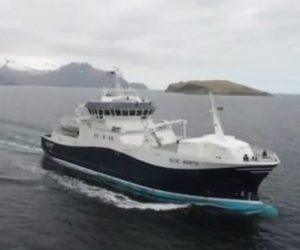
Bristol Bay Native Corp. nets two fishing companies in one deal
The Alaska Native corporation with a “fish first” principle is making its first foray back into the signature Alaska industry in roughly 40 years. Bristol Bay Native Corp. announced an agreement Sep. 17 for it to purchase Blue North Fisheries and Clipper Seafoods, two Seattle-based longline fishing companies that operate in the large Bering Sea Pacific cod fishery. BBNC CEO Jason Metrokin said in an interview that Blue North and Clipper will be merged into a new subsidiary, Bristol Bay Alaska Seafoods, when the deal closes Sept. 30. >click to read< 10:19
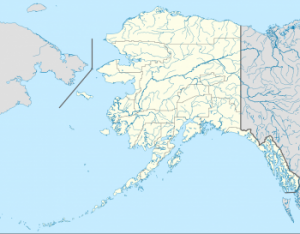
Boom or bust in Adak? Politics will decide
Adak is 1,200 miles west of Anchorage in the Aleutian Islands in the center of some of Alaska’s last “derby style” fisheries. Now, a great political struggle between some large Seattle-based corporate fishing companies and this Aleut community will determine whether Adak and it’s value-added approach to seafood development survives or if these valuable Alaska fisheries resources are simply added to the portfolios of the consolidated fishing companies. These large fishing companies already have exclusive Bering Sea and Aleutian Islands fishing privileges with an aggregate value in excess of $2 billion. In contrast, if Adak and Alaska lose this struggle, the community is not likely to survive. >click to read< 18:58
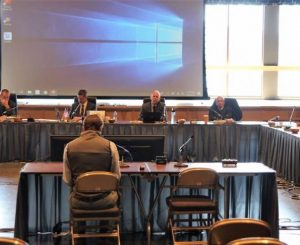
North Pacific fish council enters Pebble debate, over state’s objections
The state of Alaska believes the North Pacific Fishery Management Council is overstepping its bounds, by weighing in on the Pebble Mine Project in Bristol Bay. A proposed comment letter drafted by the Council prompted a strong reaction from the state, during the Council’s June meeting in Sitka. During its Sitka meeting Wednesday morning (6-5-19), the Council reviewed a letter it planned to send to the Army Corps of Engineers commenting on the draft environmental impact statement — or DEIS — of the Pebble Mine. >Audio clip, click to read<08:54

North Pacific Fishery Management Council meeting June 3-10, 2019, in Sitka, Alaska.
The North Pacific Fishery Management Council will meet June 3-10, 2019, at the Harrigan Centennial Hall in Sitka, Alaska. The >Agenda, click< and >Schedule, click<as well as a list of review documents and their associated posting dates are available through the links provided. >Listen online, click< while the meeting is in session. 15:28

North Pacific Fishery Management Council meeting April 1-9, 2019, in Anchorage
The North Pacific Fishery Management Council will meet April 1-9, 2019, at the Hilton Hotel in Anchorage, Alaska. The Agenda and Schedule will be available through the links, as well as a list of review documents and their associated posting dates. Listen online while the meeting is in session.23:19
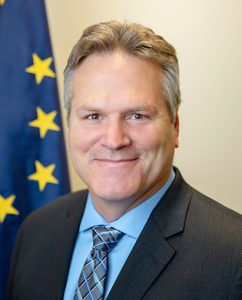
Governor Dunleavy Announces Nominations to North Pacific Fishery Management Council
Alaska Governor Michael J. Dunleavy last week made his nominations for the two State of Alaska seats on the North Pacific Fishery Management Council (NPFMC). “I have nominated individuals who are knowledgeable and experienced in the harvest, conservation, and management of fishery resources,” Governor Dunleavy wrote of the nominees in a letter to Chris Oliver, Assistant Administrator for NOAA Fisheries. >click to read<13:40
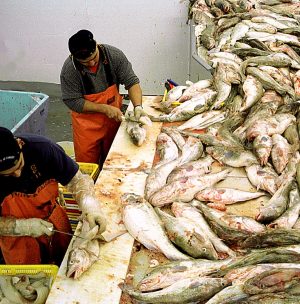
NPFMC takes first step toward rationalizing P-cod fishery
Pacific cod fishermen in the Bering Sea and Aleutian Islands, one of the last remaining unrationalized federal fisheries in Alaska, may finally have to cross that bridge. The North Pacific Fishery Management Council passed a motion at its meeting Feb. 9 to take action on the Pacific cod fishery, which is facing a number of issues in abundance, processing and participation. Depending on public review and the council’s action at the next several meetings, the Pacific cod fishery could see significant changes to seasons, limits and vessel participation. The motion hinges around an analysis developed on the trawl catcher vessel fishery and releases Alternatives 1, 2, 3 and 6 for public review separate from the rest. Rationalization, also known as catch shares,,, >click to read<
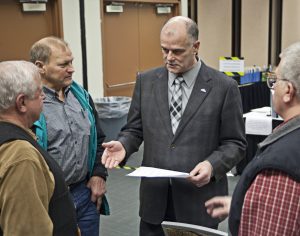
Work continues on federal plan for Cook Inlet salmon
More than two years after a court ruling ordered the North Pacific Fishery Management Council to develop a management plan for the Cook Inlet salmon fishery, a stakeholder group has made a first set of recommendations. The council convened a Cook Inlet Salmon Committee last year composed of five stakeholders to meet and offer recommendations before the council officially amends the Fishery Management Plan, or FMP, for the drift gillnet salmon fishery in Upper Cook Inlet, which occurs partially in federal waters. >click to read<15:13
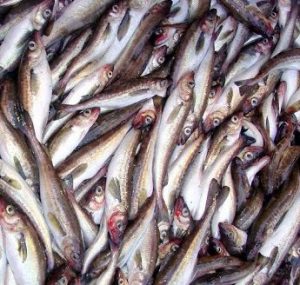
NPFMC adopts ecosystem management plan, Pollock TAC rises for Bering Sea, lowers for GOA, while cod TACS drop for both areas
Federal fisheries managers have taken a big step toward better environmental management of vast marine resources with adoption of a new Bering Sea Fishery Ecosystem Plan, in the face of dynamic climate changes impacting this vast ocean area. The plan, which sets the stage for developing a work plan for action modules critical to ecosystem protection, was approved during the December meeting of the North Pacific Fishery Management Council in Anchorage. Along with passage of the plan itself, the council tasked its Bering Sea fisheries ecosystem plan team with developing work plans for three action modules.,,, In other action during the week-long Anchorage meeting the NPFMC set the total allowable catch of groundfish for the Bering Sea/Aleutian Islands and the Gulf of Alaska. >click to read<18:36

North Pacific Fishery Management Council meeting in in Anchorage, December 3-11, 2018
The North Pacific Fishery Management Council will meet December 3-11, 2018 at the Hilton Hotel in Anchorage, Alaska. The Agenda and Schedule are available, as well as a list of review documents and their associated posting dates. Listen online while the meeting is in session. www.npfmc.org13:23

North Pacific Fishery Management Council meeting in Anchorage, October 1-9, 2018
The North Pacific Fishery Management Council will meet October 1-9, 2018 at the Hilton Hotel in Anchorage, Alaska. The Agenda >click here< and Schedule >click here< are available, as well as a list of review documents and their associated posting dates. Listen online while the meeting is in session >click here<17:58
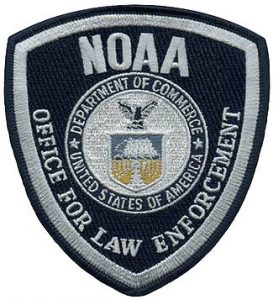
NOAA law enforcement researches sexual harassment, assault among fishery observers
Women are harassed and fear for their safety much more than men when they work as fishery observers. That’s according to a report that NOAA’s office of law enforcement officials presented about sexual harassment of observers to a meeting of the North Pacific Fishery Management Council in Kodiak this past week. The report shared preliminary data from an ongoing survey and although the sample size is small, the survey reveals stark differences between the experiences of female and male observers. >click to read<09:07
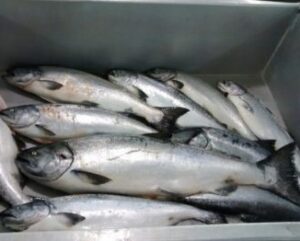
With New Kuskokwim King Salmon Data Released, Bering Sea Bycatch Restrictions Come Under Review
New state data reveals that the number of king salmon returning to the Kuskokwim River has been inflated for decades. Now, the state is recommending that the body governing the Bering Sea pollock fishery adopt this new information. If it does, restrictions on the fleet’s bycatch of king salmon could tighten, and a long-voiced demand from Kuskokwim residents could be met. The North Pacific Fishery Management Council is meeting in Kodiak, Alaska this week. It’s scheduled to make a decision by Monday on how many king salmon can be caught incidentally by commercial fishing boats targeting pollock in the Bering Sea. >click to read<08:33

North Pacific Fishery Management Council meeting in Kodiak June 4-11, 2018
The North Pacific Fishery Management Council will meet the week of June 4-11, 2018 at the Best Western Convention Center in Kodiak, AK. The Agenda >click here< and Schedule >click here< are available, as well as a list of review documents and their associated posting dates >click here<. Listen online while the meeting is in session>click here<. Visit NPFMC website >click here< 17:07
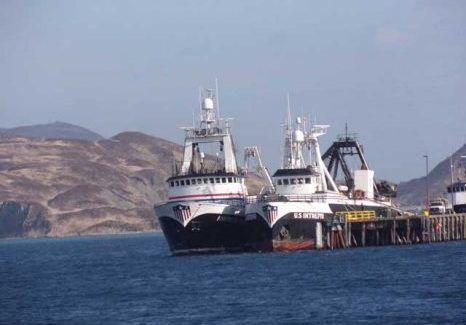
Fight over America’s Finest vessel part of bigger processor battle
The mothershippers are fighting with the groundfish shoreplants in a politicized Bering Sea commercial fishing tussle reaching all the way to Washington, D.C. The battle over Pacific cod pits the factory trawlers of the Amendment 80 fleet against Alaska shoreplants and local governments. And in February, it pitted two local governments against each other. A delegation of municipal and business leaders from Anacortes, Wash., traveled to the Aleutian Islands to ask the Unalaska City Council to reverse itself but didn’t change anybody’s mind. The brand spanking new factory trawler America’s Finest remains stranded in an Anacortes, Wash., shipyard, unable to fish in the United States because it hasn’t received a waiver from the Jones Act. >click to read<15:54
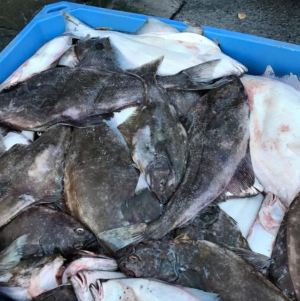
Halibut trash
Only in Alaska, which likes to claim title to the world’s “best-managed fisheries,” would halibut now retailing at prices in excess of $20 per pound be ground into fish meal to feed animals, shrimp and maybe even farmed salmon – the bane of Alaska commercial fishermen. Photos of halibut and other, trawl-caught bottomfish headed for the grinder emerged from Kodiak this weekend as Alaska fishermen started into a fishing season where the targeted harvest of halibut by both commercial fishermen and anglers has been seriously restricted because of conservation concerns. >click to read<18:20

North Pacific Fishery Management Council Meeting in Anchorage April 2-10
The North Pacific Fishery Management Council will meet the week of April 2-10, 2018 at the Hilton Hotel, 500 W. 3rd Avenue, Anchorage, AK. The Agenda and Schedule are available as well as a list of review documents and their associated posting dates. Listen online >click here< while the meeting is in session. NPFMC link
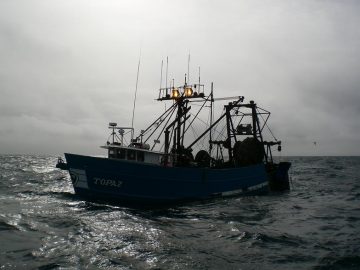
Kodiak Island Borough Assembly support changes to Chinook by-catch limits
King salmon are causing some trouble for Kodiak’s trawl fleet. The problem, too many are being caught as by-catch. The North Pacific Fishery Management Council is currently looking at changing the Chinook prohibited species caps for the Gulf of Alaska for non-pollock catcher vessels in the trawl sector. The purpose of the adjustment would be to reduce the risk of fishery closures. If too many kings are caught in certain commercial fisheries, they’ll be shut down. In 2015, the Pacific cod and flatfish trawl fishery were closed because of this and it cost Kodiak millions >click to read<17:54
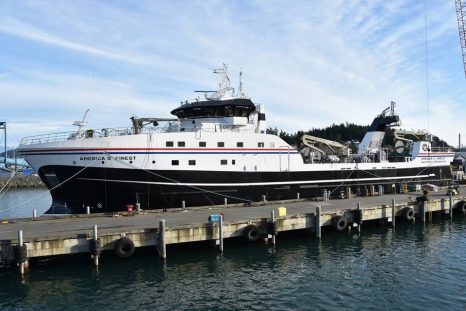
Puget Sound fishing firms tussle in Congress over new ship that ran afoul of federal law
By now, the $75 million America’s Finest should be deep into its first winter harvest season, catching and processing yellowfin sole and other fish in the Bering Sea. Instead, the 264-foot vessel — the largest trawler built in the Pacific Northwest in recent decades — is still unfinished. It sits moored at a dock at Dakota Creek Industries in Anacortes, and the shipyard has laid off more than 130 employees. Fishermen’s Finest wants the Washington and Alaska congressional delegations to back a straightforward waiver to the century-old Jones Act, which requires vessels transporting cargo and people between U.S. ports to have a hull largely made of American materials. >click to read< 13:46 
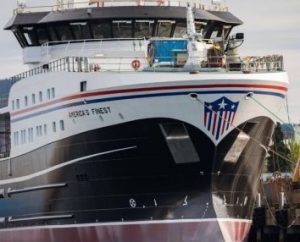
Unalaska business owner denounces city position on trawler
The mothershippers are fighting back with the help of a local proxy in a politicized commercial fishing tussle reaching all the way to Washington, D.C. The latest round of the inshore-offshore battle between Fisherman’s Finest’s cod factory trawlers, onshore seafood processors, and a local government, is taking on the familiar feel of the vintage pollock war. An Unalaska business owner is denouncing a city position calling for restrictions on the beleaguered vessel America’s Finest, a brand new vessel stranded in an Courtesan, Wash., shipyard since it ran afoul of the federal Jones Act by exceeding the legal limits of foreign steel in its hull. >click to read< 13:38

North Pacific Fishery Management Council meeting February 5-12, 2018 in Seattle
The North Pacific Fishery Management Council will meet the week of February 5-12, 2018 at the Renaissance Hotel, 515 Madison Street, Seattle, WA. The Agenda >click here< and Schedule >click here< are available as well as a list of review documents and the dates they are available. Listen Online: Council meeting will be broadcast live beginning February 8, 2018 >notice, click here<13:31

































